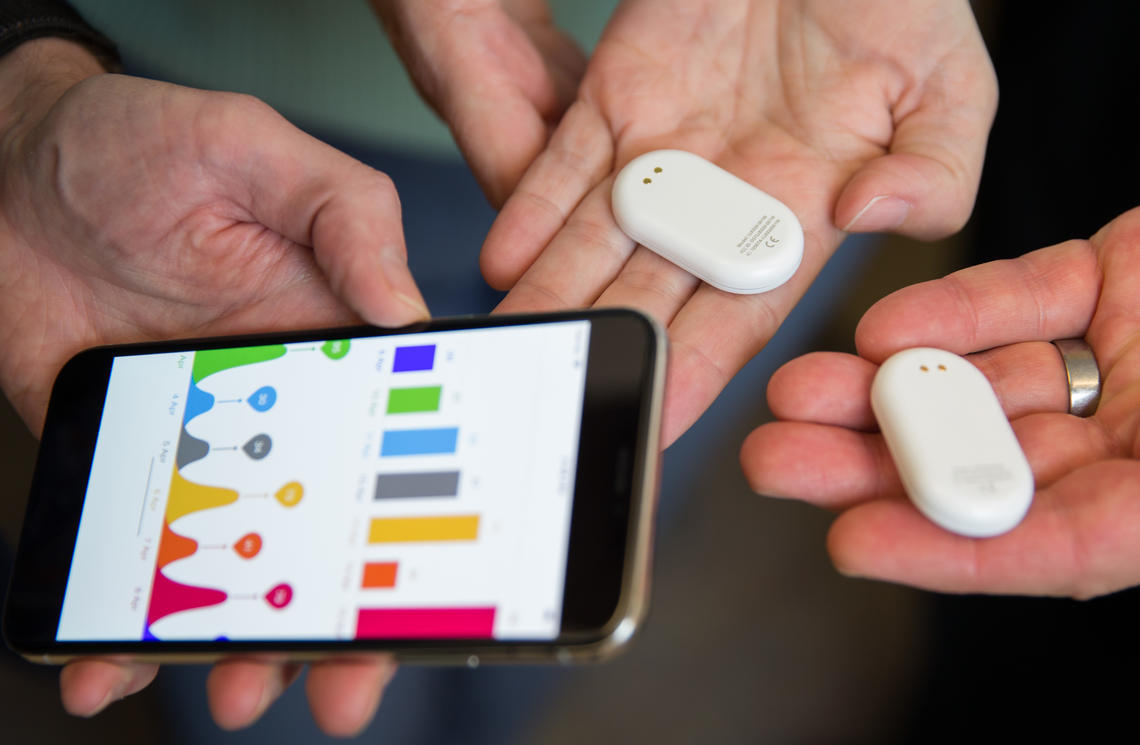Wearable Intervention to Prevent Lower Back Pain Among Students
Developing wearable devices for nurses to use at work to prevent back pain, injury and disability
Nurses suffer more back injuries on the job than construction workers. These musculoskeletal injuries are the leading cause of disability among registered nurses and they cost the Canadian health care system up to a billion dollars a year. To date, there haven’t been any effective interventions for preventing nurses from getting lower back pain and other back injuries as they lift and move patients.
BME researchers are working with nursing students on campus to develop wearable technology that prevents back injury. Nursing students wear devices equipped with sensors to collect data on their posture and body mechanics as they practice lifting and moving patients in a clinical training lab. The devices give real-time feedback encouraging the students to use proper posture and body mechanics, practices that can reduce back injuries. BME researchers are using this data and input from the trainees to design and test the devices for use in a hospital setting.

Dr. Reed Ferber (left) and highschool student Sunaina Rangarajan (right) who worked on this research study in the summer

Digital prototype of a software application that monitors nurses’ posture

Dr. Christian Jacob (left), Dr. Linda Duffett-Leger (middle) and Dr. Reed Ferber (right)
Partners
Alberta Health Services
College and Association of Registered Nurses of Alberta
